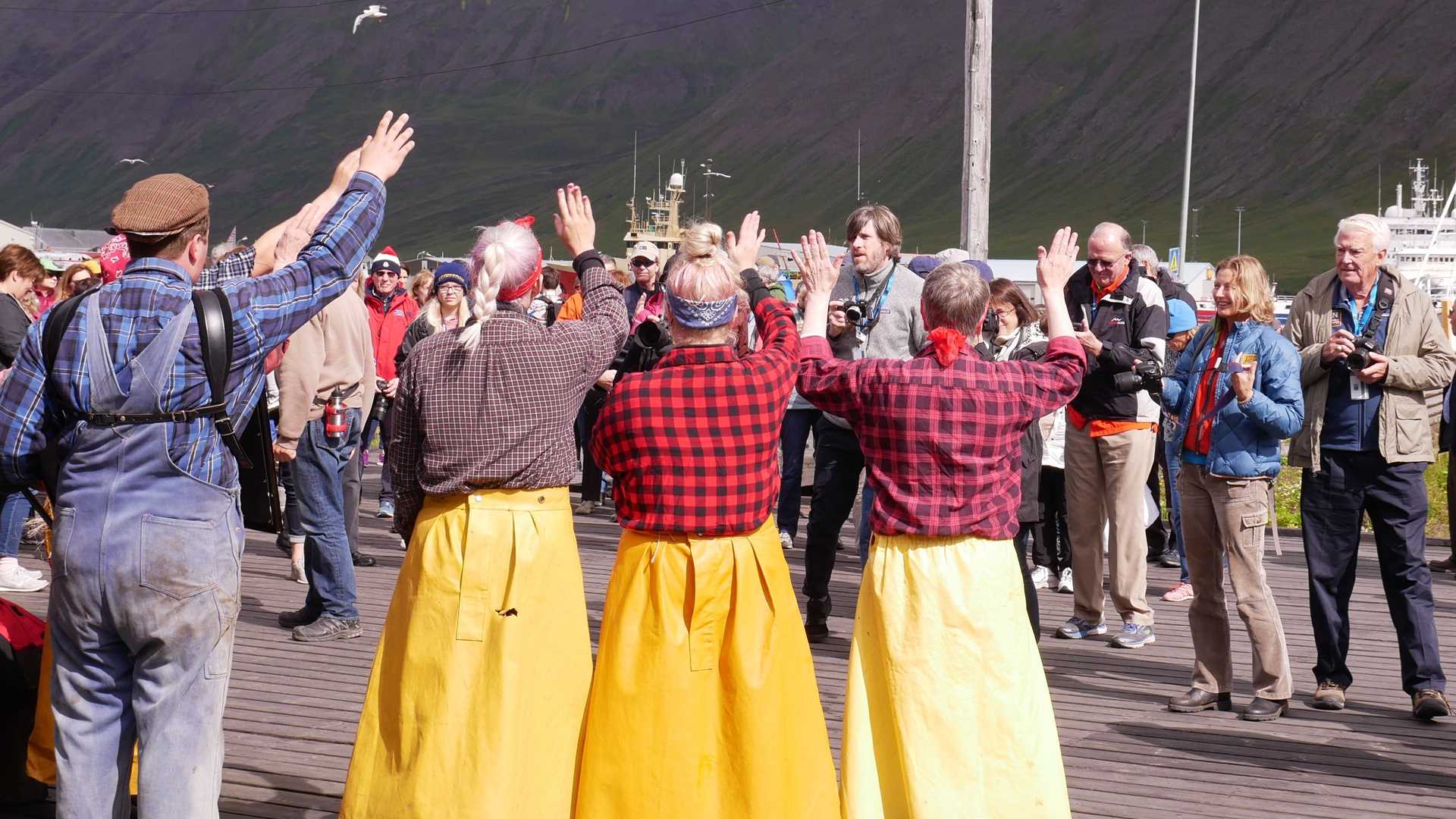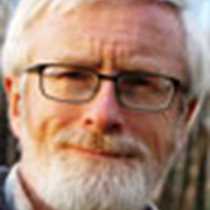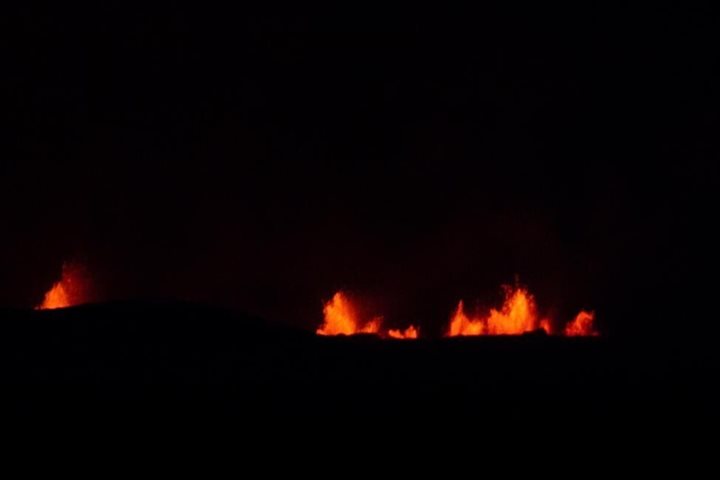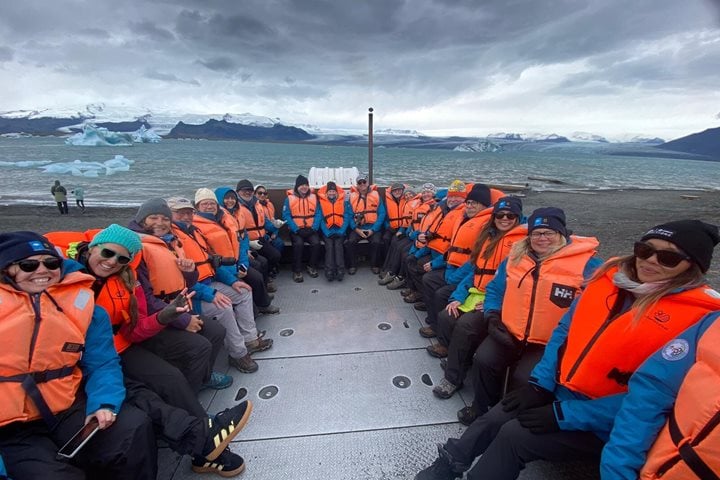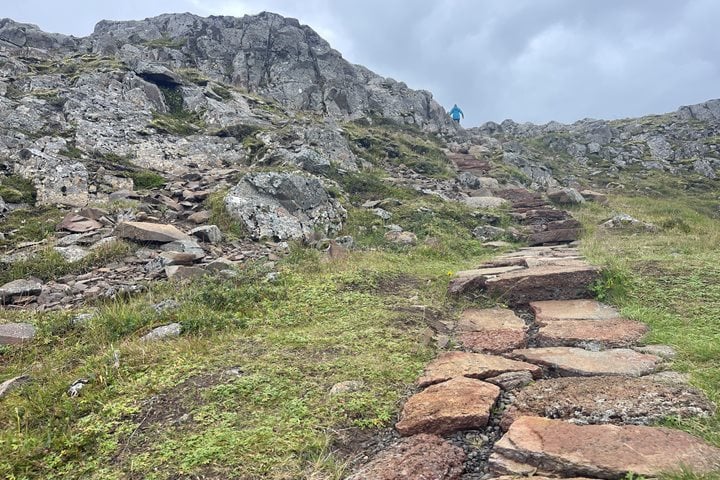Last night the National Geographic Explorer docked in Akureyri, Iceland's second largest city and the administrative and commercial center of the north. After breakfast guests who wanted to ride an Icelandic horse disembarked and headed to a riding centre. Icelandic horses are known for their remarkable friendliness and their unique, super-smooth tölt gait.
For those who remained on the ship, we sailed north from Akureyri and out of the Eyjafjörður (which is the the longest fjord in Iceland). In the Lounge guests listened to two presentations. The first was from David Cairns, who recounted the Icelandic roots of Viking explorations off the west Atlantic. He mentioned both Erik the Red and his son Leif the Lucky as they were both from Iceland. David explained how biological clues embedded in Greenlanders’ Saga and The Saga of Erik the Red might help point to likely locations of Vinland, the fabled land that the Vikings found, settled, and then lost. Doug Gualtieri then talked about Icelandic seabirds. Seabirds are a constant presence on this expedition, and Doug's presentation took guests beyond the iconic puffin to the other seabird species which can be readily seen from the ship and from land, often at very close range.
In the latter part of the morning a group of humpback whales, including a mother-calf duo, put in an appearance to the delight of photographers. Their presence confirmed the reputation Akureyri has of being one of the greatest places to go whale watching in Iceland.
By noon, the National Geographic Explorer had reached Siglufjörður and the horseback riders re-joined the rest of the guests. We took a short walk to the Herring Era Museum, which showcases Siglufjörður’s dramatic history. The town grew from a hamlet to a boom town in the early 20th century and became the epicenter of an enormous herring fishery. Unfortunately, the fishery collapsed and the town was left wondering what to do.
We also watched a show at the museum that was put on by The Herring Girls. The show gave a glimpse into the life of fish plant workers a century ago. Siglufjörður has enjoyed a recent economic resurgence, in large measure due to the influx of visitors who have been drawn to the highly creative way the history of the town is recounted.
When we returned to the vessel we listened to Louis Masur, from the One Day University program, give a lecture called “Lincoln: Separating Fact From Fiction”.
To end the day we watched a film that was made by Hrund Gunnsteinsdóttir, one of two distinguished Icelandic presenters on this expedition, called Insael: the power of intuition.

